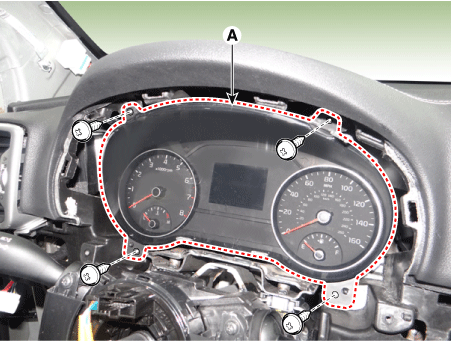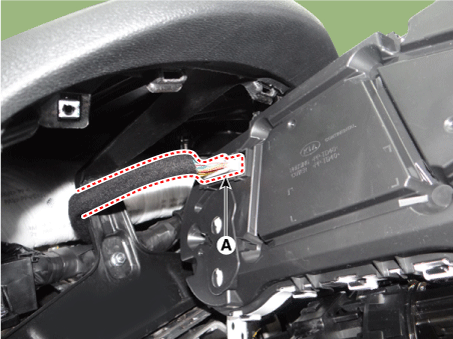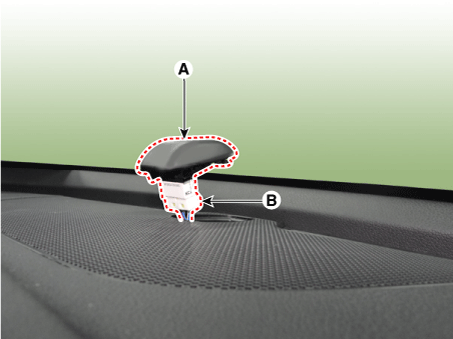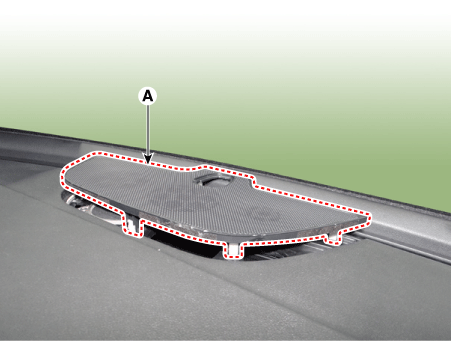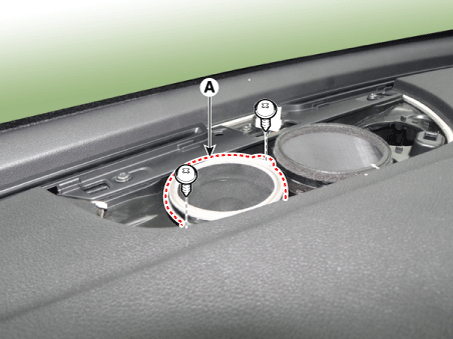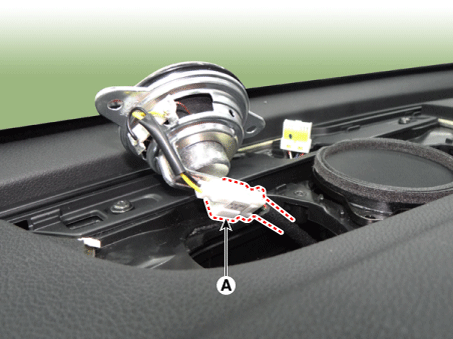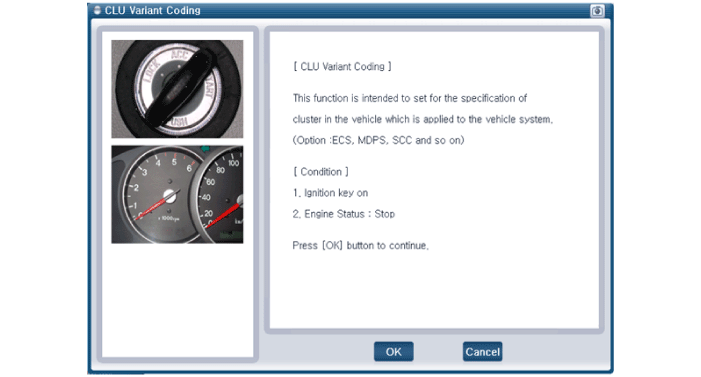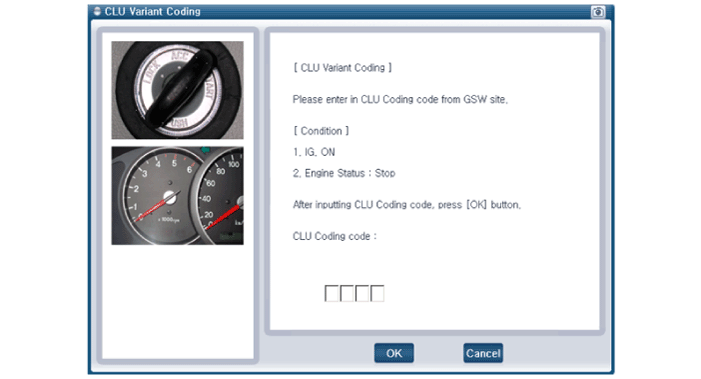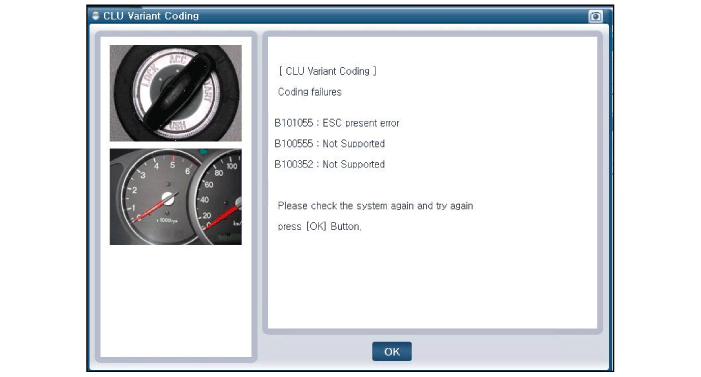Kia Sportage: Indicators And Gauges / Instrument Cluster Repair procedures
Kia Sportage QL (2015-2025) Service Manual / Body Electrical System / Indicators And Gauges / Instrument Cluster Repair procedures
| Removal |
|
Instrument Cluster
| 1. |
Disconnect the negative (-) battery terminal.
|
| 2. |
Remove the cluster fascia panel.
(Refer to Body - "Cluster Fascia Panel")
|
| 3. |
Separate the instrument cluster (A) after loosening the mounting screws.
|
| 4. |
Remover the instrument cluster after disconnecting the cluster connector
(A).
|
Instrument Cluster Speaker
| 1. |
Disconnect the negative (-) battery terminal.
|
| 2. |
Using a flat-head screwdriver, remove the photo sensor (A) after disconnecting
the photo sensor connector (B).
|
| 3. |
Using a screwdriver or remover, remove the crash pad center speaker
grille (A).
|
| 4. |
Remove the instrument cluster speaker (A) after loosening the mounting
screws.
|
| 5. |
Disconnect the instrument cluster speaker connector (A).
|
| Installation |
Instrument Cluster
| 1. |
Install the cluster after connect the cluster connectors.
|
| 2. |
Install the cluster fascia panel.
|
| 3. |
Connect the negative (-) battery terminal.
|
Instrument Cluster Speaker
| 1. |
Install the cluster speaker after connect the cluster connectors.
|
| 2. |
Install the crash pad center speaker grille.
|
| 3. |
Install the photo sensor.
|
| 4. |
Connect the negative (-) battery terminal.
|
| Inspection |
| 1. |
Check point (Warning indicator)
|
| 2. |
Check point (Gauge)
|
Diagnosis with KDS/GDS
| 1. |
In the body electrical system, failure can be quickly diagnosed by using
the vehicle diagnostic system (KDS/GDS).
The diagnostic system (KDS/GDS) provides the following information.
|
| 2. |
Select the 'Car model' and the 'Cluster Module (CLU)' to be checked
in order to check the vehicle with the tester
|
| 3. |
Select the 'Current Data' menu to search the current state of the input/output
data.
|
| 4. |
To forcibly actuate the input value of the module to be checked, select
option 'Actuation Test'
|
CLU Variant Coding
After replacing the cluster with a new one, must be performed the “Variant Coding”
procedure.
| 1. |
Connect the cable of KDS/GDS to the data link connector in driver side
crash pad lower panel, turn the power on KDS/GDS.
|
| 2. |
Select model and "BCM".
|
| 3. |
Select Variant coding mode to perform.
|
| 4. |
If the trouble codes occurred when performing variant coding, try the
CLU variant coding again after checking the installation status of CLU
system.
|
 Instrument Cluster Description and operation
Instrument Cluster Description and operation
Description
Communication Network Diagram
Abbreviation
Expalnation
ACU
Airbag Control Unit
ABS
...
Other information:
Kia Sportage QL (2015-2025) Service Manual: Front Bumper Cover Repair procedures
Replacement Put on gloves to protect your hands. • Use a plastic panel removal tool to remove inter ...
Kia Sportage QL (2015-2025) Owners Manual: Sliding the sunroof
When the sunshade is closed Push the sunroof control lever backward to the 2nd detent position, both the sunshade and sunroof glass will slide all the way open. To stop the sunroof movement at any point, push the sunroof control glass lever momentarily. When the sunshade is opened Push the ...
Copyright © www.ksportagegl.com 2015-2025



